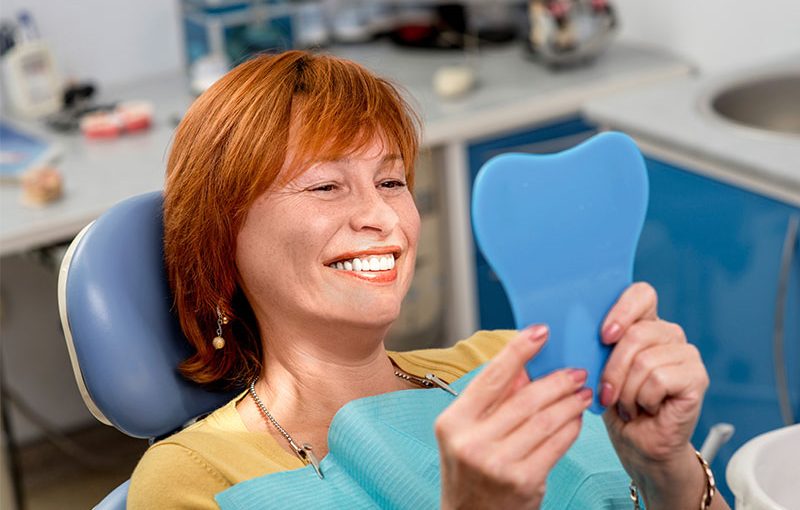A dental implant tooth replacement is a common treatment for replacing one or more missing teeth. Though it’s a fairly simple process, it involves a surgical procedure to place a titanium post implant in the position of a tooth root, so it connects the replacement tooth to the jawbone. The result is a strong and sturdy artificial tooth that feels and functions like your natural teeth.
There are three components of a dental implant:
- The titanium implant – This titanium post is placed at the site of a missing tooth inside the upper or lower jawbone
- The abutment – Usually made of porcelain, titanium, or gold, the abutment is attached to the implant with a screw, so it projects above the gum line to receive the crown.
- The crown – The porcelain replacement tooth is cemented or screwed onto the abutment to fill the gap in your smile.
The Procedure
The standard treatment involves three stages:
- During the first procedure, the oral surgeon makes a small cut in the gum where the tooth will be placed. Next, a hole will be drilled in the bone tissue and the implant placed, after which the incision will be stitched closed. You may wear temporary dentures or bridgework as the site heals.
- After three to six months, within which time the implant will have bonded with the bone tissue, the second procedure will take place. This involves making another cut in the gum tissue to expose the top part of the titanium implant. A collar (healing cap) is screwed onto the top of the implant to facilitate healing of the surrounding tissue. The cap is removed after several weeks and the abutment screwed in its place.
- At the same appointment as when the abutment is connected, the crown will also be attached to the abutment to finish the tooth replacement process.
Please keep in mind that there’s a faster way to get implants, where the mini-implants and crown are placed simultaneously in one appointment.
Final note
Dental implant procedures are very popular, with over 98% of patients getting satisfactory results. However, much of this success depends on the patient having enough bone tissue to bond firmly to the implant. If you don’t have enough bone tissue, perhaps due to bone resorption for staying with a gap for too long, then your dentist may recommend another procedure called bone grafting or bone augmentation to build up your bone tissue before implant placement. The health of the remaining teeth and gums is also important for a successful procedure.









